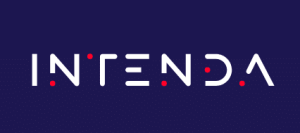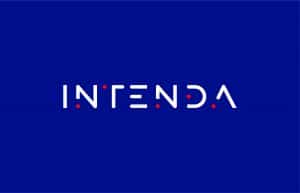A data fabric utilizes as much metadata as is available from any other contributing data management platform or tools. More advanced data fabric designs include data analytics that aid in metadata discovery and even infer missing metadata. A data fabric can combine the operations of preexisting infrastructure, such as the logical data warehouse (LDW), enhancing existing integration solutions to IoT, data at the edge, reporting, analytics and transactional needs, as well as participating in and supporting data governance.”
Gartner recommends that data and analytics leaders “invest not only in modern data integration tools and technology, but also in new approaches and practices, by focusing on flexible, collaborative and agile data management and integration delivery (such as DataOps and data engineering).”
With a data fabric in place, Gartner research suggests that organizations can expect a 30% reduction in both integration design and deployment time, and a 70% reduction in maintenance time. In addition, a fabric automates data and metadata discovery and augments the data integration process. “Automated data quality and data mastering reduces up to 35% of deployment and ongoing support up to 65%.”
A data fabric “leverages existing skills and technologies while introducing new approaches, tools and platforms. Data fabrics can utilize existing data hubs, data lakes, data warehouses, operational data stores, master data repositories and other traditionally architected and design solutions.”
This flexibility can be of significant benefit to organizations: while some may opt to replace all their existing systems when implementing this architecture, those that aren’t ready to deprecate their separately maintained data management technologies can simply incorporate them into the fabric.
This brings us to Fraxses. In designing this distributed data platform, Intenda’s goal was simple: to create a single product that gives our clients all the tools they need to implement a data fabric within their organizations. In serving as the framework that connects all of an organization’s data sources and enables them to function as a single virtual environment, Fraxses advances the domain-driven architecture that is central to the concept of a data fabric. It facilitates bilateral communication between systems, and is the only solution in the market that enables automated writeback and write forward through the platform itself. Similarly, in terms of its ability to discover the relationships between different data assets, Fraxses stands head and shoulders above other products in the market.
The platform is metadata-driven, with data being accessed via intelligent and reusable Data Products, and served to users directly from the source. Running on Kubernetes and leveraging a microservices framework, Fraxses can be scaled both vertically and horizontally. As a no-code/low-code solution, it allows for business users to engage with data at a granular level, without the need for IT support. The platform enables organizations to distribute their AI and ML routines, and accelerate data management processes. In terms of speed to data, Fraxses is without equal.
The platform provides organizations with a complete view of their data universe, and assures an absolute source of truth.
Fraxses has far too many attributes and capabilities to list them all here. Suffice to say, if your organization aspires to transform into a true data-driven entity, consider implementing a data fabric architecture. And if building a data fabric is your intention, Fraxses is guaranteed to accelerate the process, and deliver an outcome that meets your organization’s data needs.



